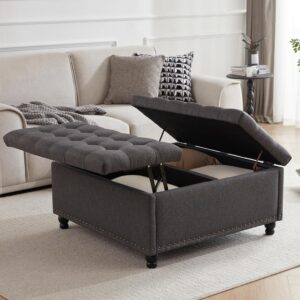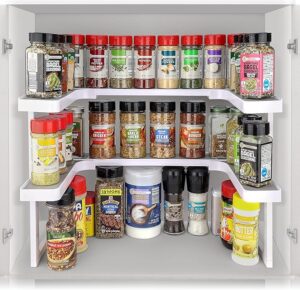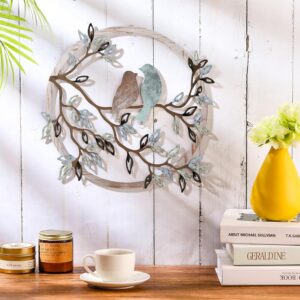Choosing the right color palette for your home is one of the most exciting and essential aspects of interior design. The colors you choose can dramatically influence the mood, style, and overall feel of your space. However, with so many options available, it can also feel a bit overwhelming. Worry not, I’m here to guide you through the process of selecting the perfect color palette for your home. Let’s explore how you can create a cohesive, harmonious, and beautiful space that reflects your personal style. Find more home decor related posts here.
“Disclosure: Some of the links below are affiliate links. This means that, at zero cost to you, I will earn an affiliate commission if you click through the link and finalize a purchase.”

Table of Contents
How to Choose the Right Colours for Your Home
1. Start with Inspiration
Before diving into paint swatches, take some time to gather inspiration. This initial phase is all about exploring what appeals to you and understanding the kind of atmosphere you want to create in your home.
- Pinterest and Instagram: These platforms are treasure troves of inspiration. Create a mood board or collection of images that speak to you—whether it’s a beautifully styled room, a piece of artwork, or even a landscape that resonates with you.
- Magazines and Design Books: Flip through home decor magazines or design books to see what catches your eye. Pay attention to color combinations that you’re naturally drawn to.
- Nature: Nature offers a rich palette of colors that can inspire your home’s color scheme. Think of the serene blues of the ocean, the warm tones of autumn leaves, or the soft greens of a lush garden.
Pro Tip: As you gather inspiration, notice any recurring themes or colors. This can help you identify the base of your color palette.
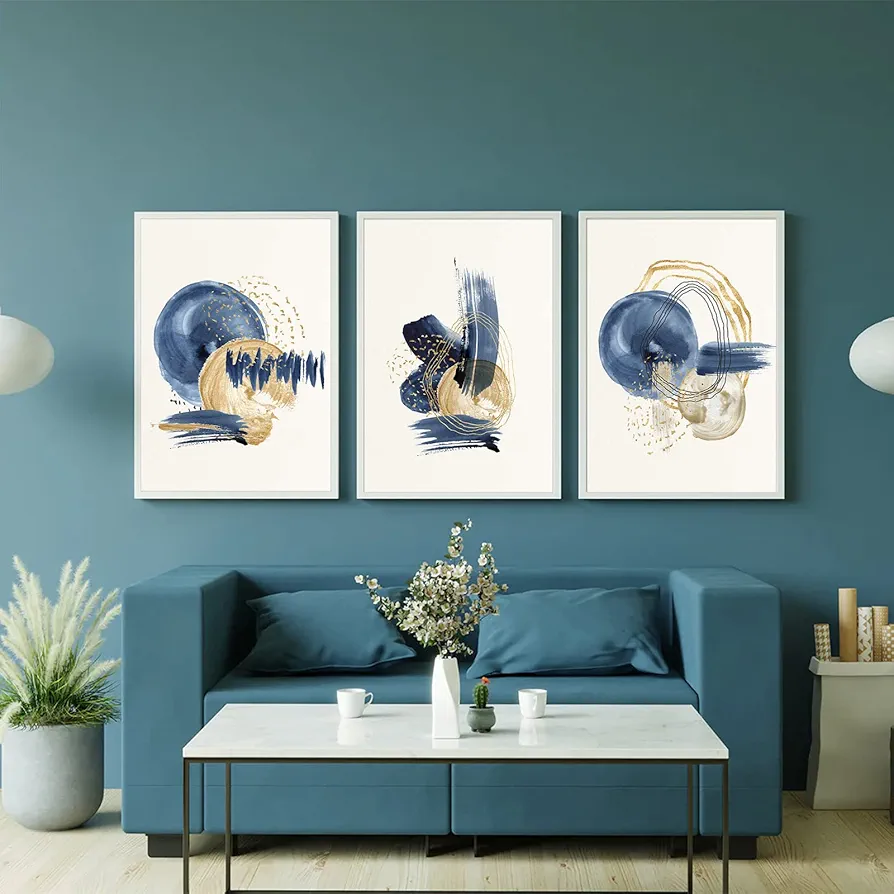
2. Understand Color Basics
A little understanding of color theory can go a long way in helping you choose a palette that works well together. Here’s a quick rundown:
- Primary Colors: Red, blue, and yellow. These are the base colors from which all other colors are derived.
- Secondary Colors: Green, orange, and purple. These are created by mixing two primary colors.
- Tertiary Colors: These are combinations of primary and secondary colors, like teal (blue + green) or coral (red + orange).
- Color Wheel: The color wheel is a tool that helps you see relationships between colors. Colors opposite each other on the wheel (complementary colors) create a vibrant contrast, while colors next to each other (analogous colors) offer a more harmonious look.
Pro Tip: Understanding warm vs. cool tones can also help. Warm colors (reds, oranges, yellows) evoke energy and warmth, while cool colors (blues, greens, purples) create a calming and soothing atmosphere.

3. Consider the Mood You Want to Create
Colors have the power to evoke specific emotions and set the mood for a room. Think about how you want each space in your home to feel and choose colors that align with that mood.
- Living Room: If you want your living room to be a welcoming and social space, consider warm, earthy tones like soft terracotta, muted yellows, or warm neutrals.
- Bedroom: For a relaxing, restful vibe in the bedroom, opt for cool colors like soft blues, gentle greens, or lavender.
- Kitchen: Bright and lively colors, such as sunny yellow or vibrant green, can energize the space and make it feel more inviting.
- Bathroom: Soft neutrals, crisp whites, and serene blues create a spa-like atmosphere that’s perfect for relaxation.
Pro Tip: Think about how the colors will interact with natural light in each room. Rooms with lots of natural light can handle darker, richer colors, while darker rooms may benefit from lighter, brighter hues.
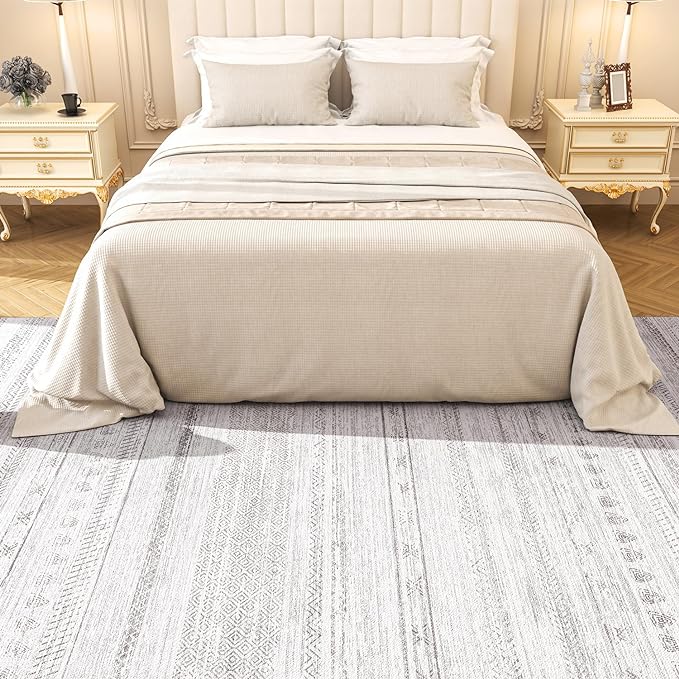
4. Choose a Base Color
Once you’ve gathered inspiration and considered the mood you want to create, it’s time to choose a base color for your palette. This will be the primary color that sets the tone for your entire home.
- Neutral Base: If you prefer a timeless, versatile look, start with a neutral base color. Shades of white, beige, gray, or soft taupe are popular choices that can easily be paired with a variety of accent colors.
- Bold Base: If you’re feeling adventurous, consider a bold base color like deep navy, rich emerald, or a striking charcoal. These colors can make a dramatic statement while still providing a cohesive backdrop for your decor.
Pro Tip: Test your base color on a small area of your wall before committing. Paint can look different depending on lighting, so it’s important to see how the color will actually appear in your space.
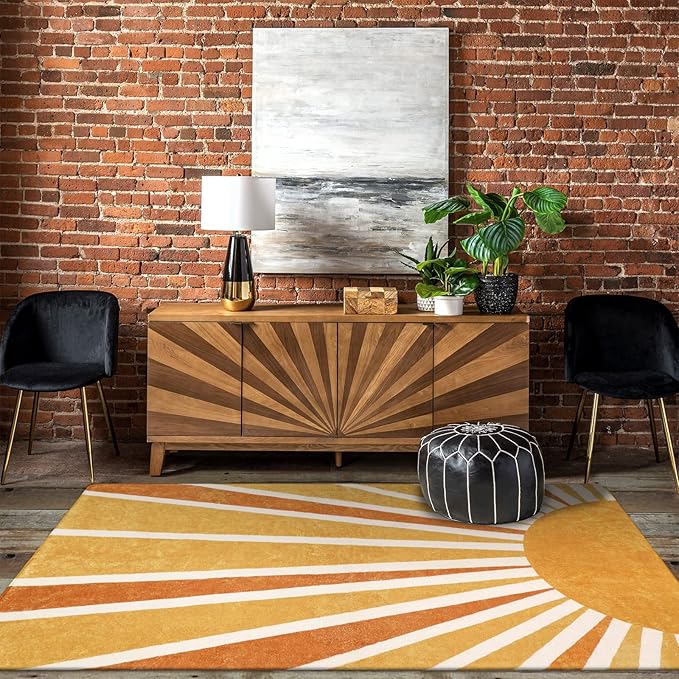
5. Select Complementary and Accent Colors
With your base color in place, it’s time to choose complementary and accent colors to round out your palette. These colors will add depth, contrast, and visual interest to your space.
- Complementary Colors: Choose a color that complements your base color. This could be a shade from the opposite side of the color wheel or a different tone within the same color family.
- Accent Colors: Accent colors are where you can have fun and inject personality into your space. These might be bolder hues used sparingly through accessories, artwork, or furniture. For instance, if your base color is a soft gray, you could add accents of mustard yellow, blush pink, or deep teal.
Pro Tip: The 60-30-10 rule is a helpful guideline for balancing your color palette. Use your base color for 60% of the room, the complementary color for 30%, and the accent color for 10%.
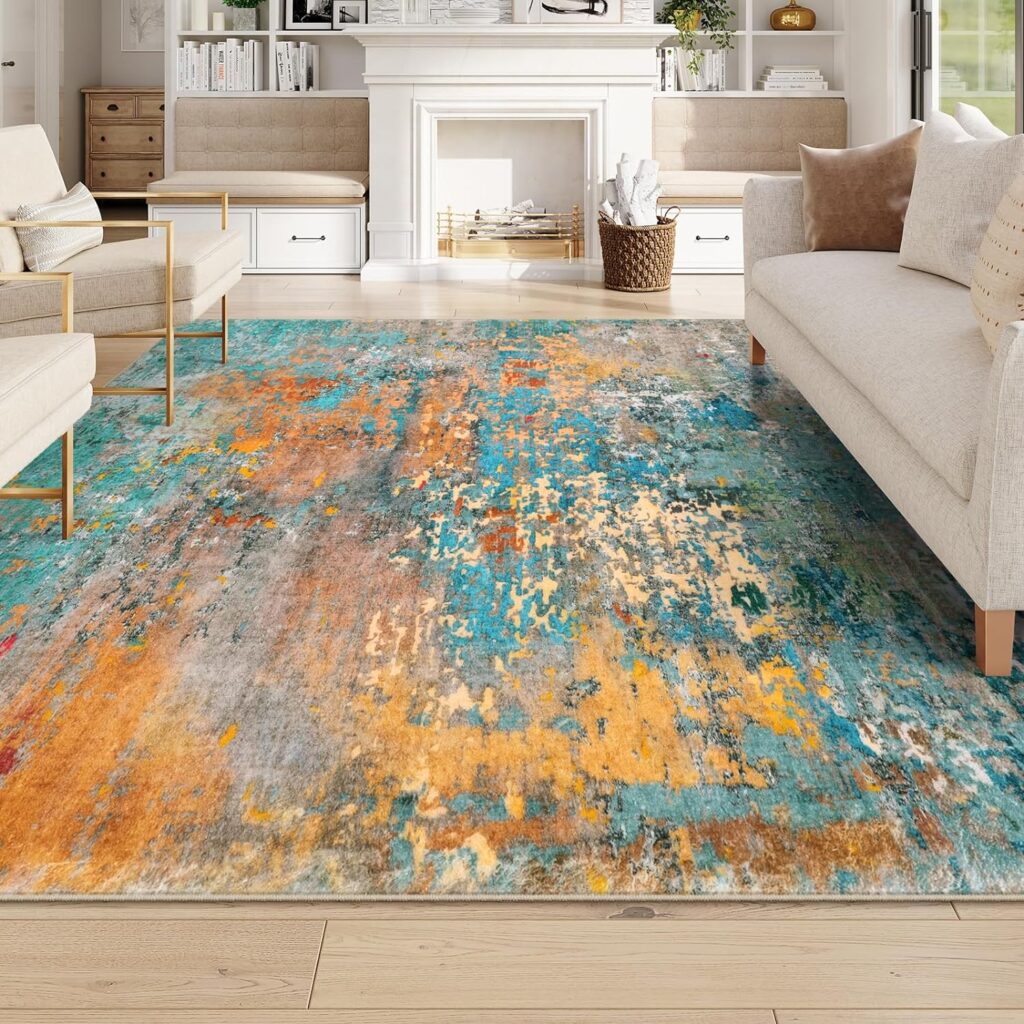
6. Don’t Forget About Undertones
Undertones are the subtle hues that lie beneath the surface of a color, and they can significantly affect how colors look together. For example, a white paint with a warm undertone might look slightly yellow, while a white with a cool undertone could have a hint of blue or gray.
- Test with Swatches: Always test paint swatches on your walls to see how the colors look in your specific lighting conditions. This will help you avoid unpleasant surprises and ensure that the undertones work well together.
- Coordinate Undertones: When choosing multiple colors, make sure they share similar undertones. For example, if your base color has warm undertones, stick with warm undertones for your complementary and accent colors as well.
Pro Tip: View your paint swatches at different times of day to see how the colors change with the light. This will give you a better sense of how the colors will look in your space.
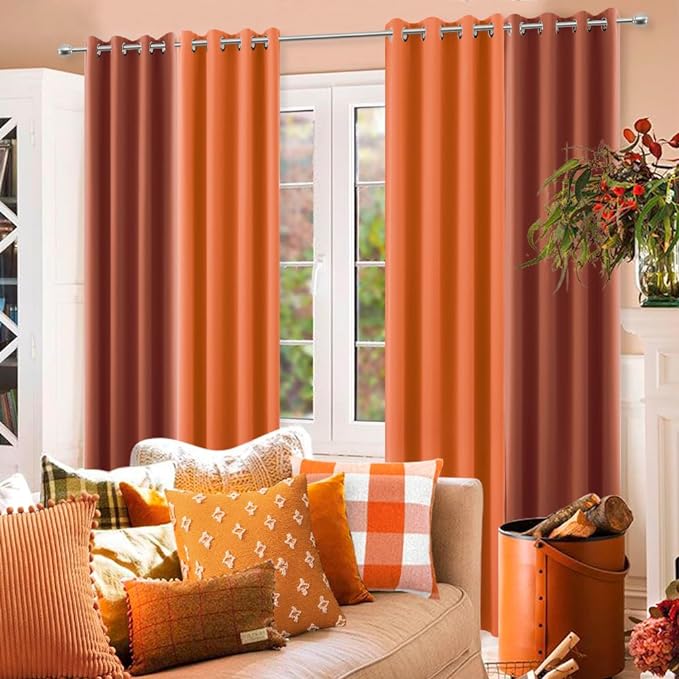
7. Consider the Flow Between Rooms
Creating a cohesive flow from room to room is essential for a harmonious home. While each room can have its own color palette, it’s important to ensure that the colors work well together as you move through your home.
- Use a Connecting Color: One way to create flow is by using a connecting color that appears in each room. This could be your base color or an accent color that’s repeated throughout the house.
- Gradual Transitions: If you want each room to have its own distinct color scheme, try to transition gradually between colors. For example, if your living room is a soft beige, your dining room could be a warm taupe, and your kitchen a crisp white.
Pro Tip: Open-concept spaces benefit from a cohesive color palette. Choose colors that complement each other well and create a seamless transition from one area to another.
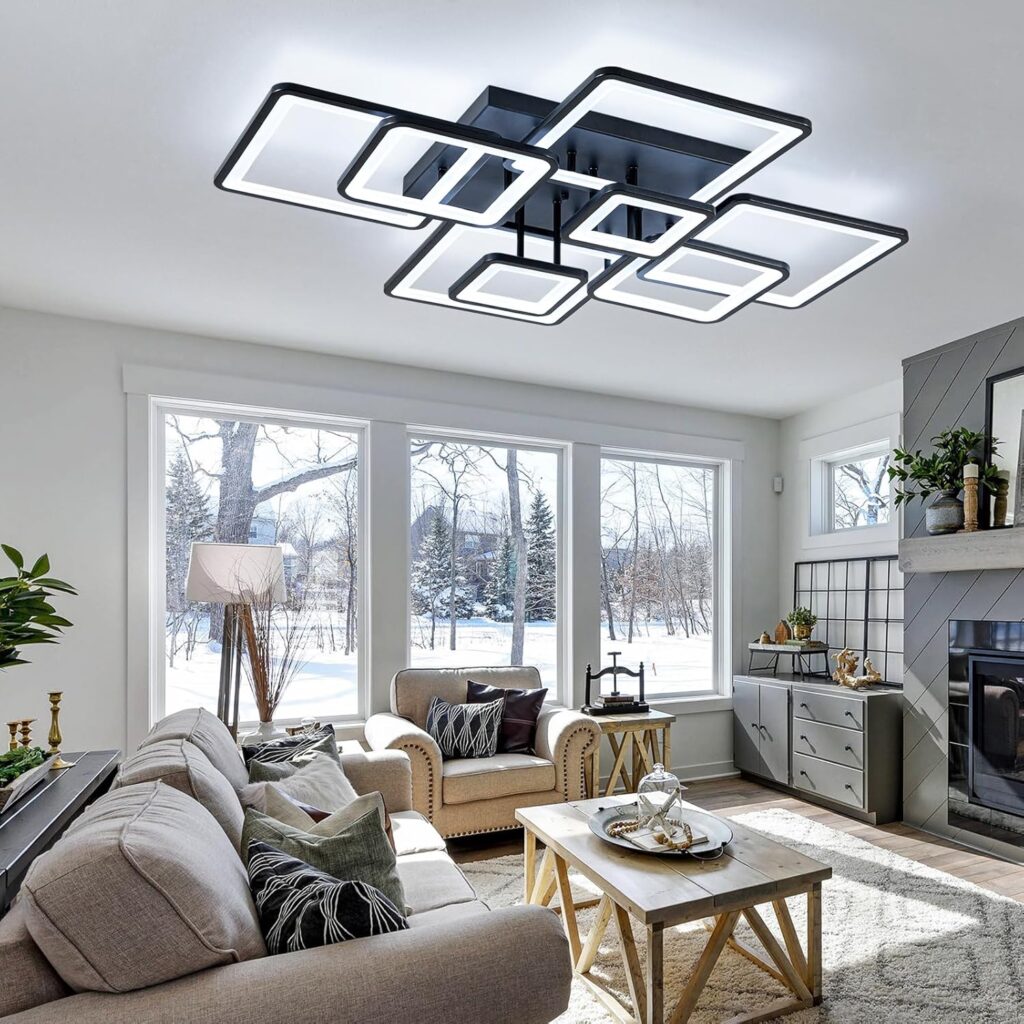
8. Add Personality with Patterns and Textures
Color isn’t the only way to create visual interest in your home. Patterns and textures can add depth, richness, and personality to your space.
- Mix Patterns: Don’t be afraid to mix patterns, but keep them in the same color family to maintain harmony. For example, you might combine a striped rug with floral throw pillows in complementary colors.
- Layer Textures: Textures add warmth and comfort to a space. Think about incorporating materials like velvet, linen, wood, or metal to create a tactile experience.
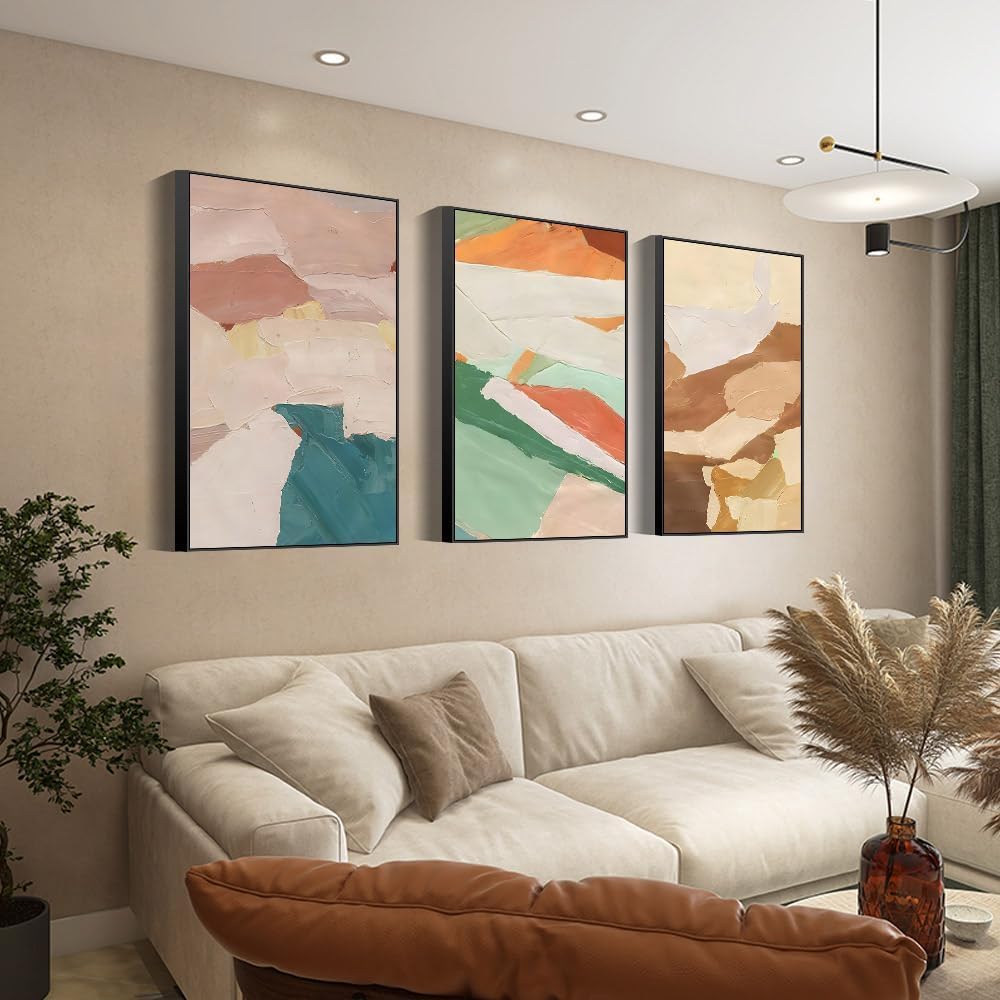
Pro Tip: Patterns and textures are also great for adding seasonal updates to your decor. Swap out pillows, throws, or curtains to refresh your space for different times of the year.
Choosing the perfect color palette for your home is a journey of self-expression and creativity. By gathering inspiration, understanding color theory, and considering the mood you want to create, you can curate a palette that not only looks beautiful but also feels uniquely yours. Remember, your home is a reflection of your personal style, so have fun with the process and don’t be afraid to experiment with colors that bring you joy.

